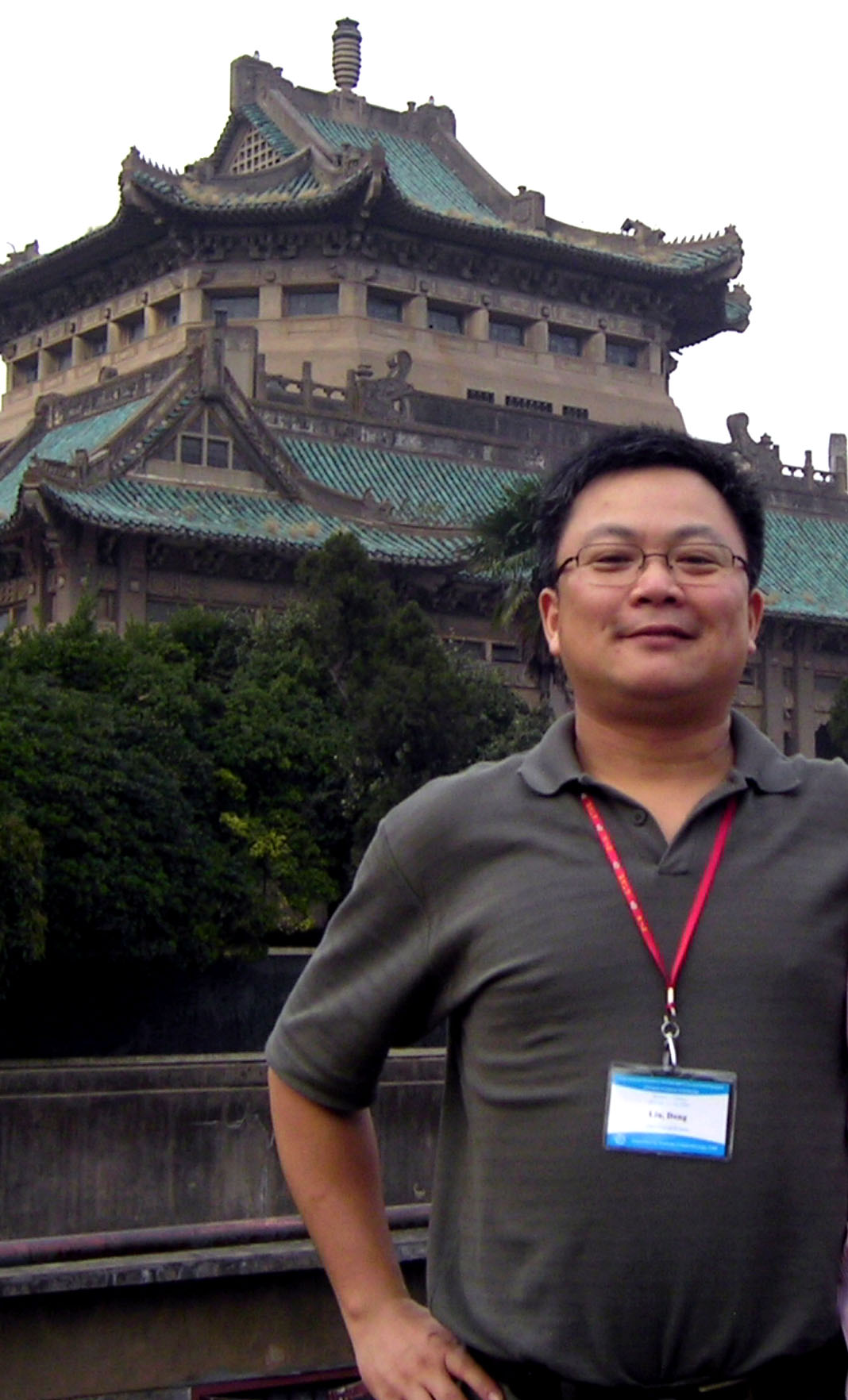-
51浏览
-
0点赞
-
0收藏
-
0分享
-
54下载
-
0评论
-
引用
期刊论文
Fgf3 and Fgf8 dependent and independent transcription factors are requiredfor otic placode specification
Development 130, 2213-2224,-0001,():
The vertebrate inner ear develops from the otic placode,an ectodermal thickening that forms adjacent to thepresumptive hindbrain. Previous studies have suggestedthat competent ectodermal cells respond to signals fromadjacent tissues to form the placode. Members of the Fgffamily of growth factors and the Dlx family of transcriptionfactors have been implicated in this signal-responsepathway. We show that compromising Fgf3 and Fgf8signaling blocks ear development; only a few scattered oticcells form. Removal of dlx3b, dlx4b and sox9a genestogether also blocks ear development, although a fewresidual cells form an otic epithelium. These cells fail toform if sox9b function is also blocked. Combined loss of Fgfsignaling and the three transcription factor genes, dlx3b,dlx4b and sox9a, also completely eliminates all indicationsof otic cells. Expression of sox9a but not dlx3b, dlx4b orsox9b requires Fgf3 and Fgf8. Our results provide evidencefor Fgf3- and Fgf8-dependent and -independent geneticpathways for otic specification and support the notion thatFgf3 and Fgf8 function to induce both the otic placode andthe epithelial organization of the otic vesicle.
【免责声明】以下全部内容由[刘东]上传于[2010年10月18日 13时18分20秒],版权归原创者所有。本文仅代表作者本人观点,与本网站无关。本网站对文中陈述、观点判断保持中立,不对所包含内容的准确性、可靠性或完整性提供任何明示或暗示的保证。请读者仅作参考,并请自行承担全部责任。
本学者其他成果
同领域成果

 提示
提示

